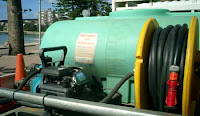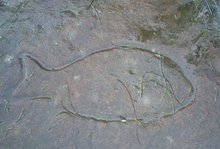 Found this plaque at Circular Quay today. I looked into her reasons why she does not live in (Manly) Australia.
Found this plaque at Circular Quay today. I looked into her reasons why she does not live in (Manly) Australia.
She claimed that: Australia is a sports-obsessed suburban wasteland devoid of cerebral stimulation
Suburbia:
"For the vast majority, life in Australia is neither urban nor rural, but suburban. The reality is not Uluru or the Sydney Opera House, but endless, ever-expanding replications of Ramsay Street that spread out as rapidly as oil stains on water, further and further from the tiny central business districts of the state capitals. Each street has a nature strip; each bungalow faces the same way, has a backyard and a front garden, all fenced, low at the front, high at the back. Somewhere nearby there’ll be a shopping centre with fast-food outlets and a supermarket.”
The country side:
"It’s different in the countryside - but nobody lives there except a few squatters and graziers, flitting hordes of British backpackers and some remnant populations of Aborigines.”
The CBD:
"Marooned in oceanic tracts of suburban doldrums, the downtown central business districts don’t expand at all. They still occupy the same tiny nucleus of streets that they did 100 years ago. Indeed, the Sydney commercial district has actually shrunk in the past 40 years.” Reasons for living o.s.:
Reasons for living o.s.:
“The pain of watching its relentless dilapidation by people too relaxed to give a damn is more than I can bear.”
All quotes via The Scotsman

















































